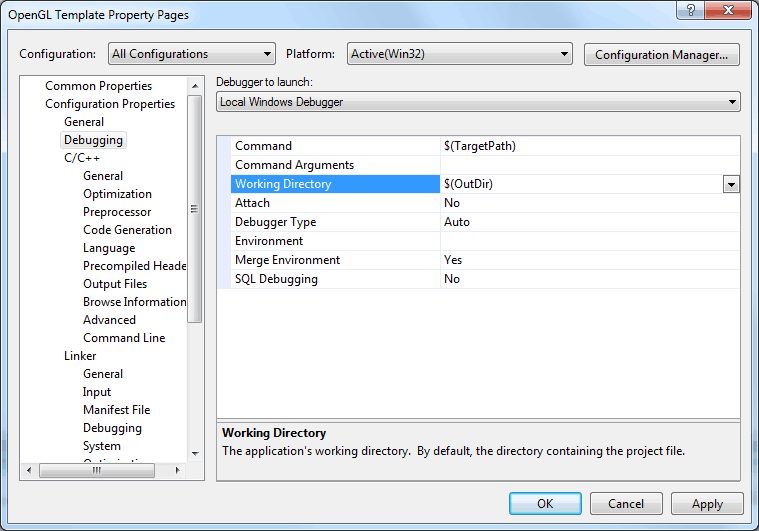
To give the appearance of moving the camera, your OpenGL application must move the scene with the inverse of the camera transformation by placing it on the MODELVIEW matrix. More specifically, the camera is always located at the eye space coordinate (0.0, 0.0, 0.0). 35 How can I do my own perspective scaling?Īs far as OpenGL is concerned, there is no camera.33 How can I transform an object with a given yaw, pitch, and roll?.32 How can I transform an object so that it points at or follows another object or point in my scene?.31 Can I make OpenGL use a left-handed coordinate space?.30 How do I keep my aspect ratio correct after a window resize?.29 How do I calculate the object-space distance from the viewer to a given point?.28 How do I get the active MODELVIEW or PROJECTION matrices?.27 How do I find the coordinates of a vertex transformed only by the ModelView matrix?.26 How can I find the object-space coordinates for a pixel on the screen?.25 How can I find the screen coordinates for a given object-space coordinate?.23 How can I make a call to glFrustum() that matches my call to gluPerspective()?.22 What are the pros and cons of using glFrustum() versus gluPerspective()? Why would I want to use one over the other?.21 How do I transform my objects around a fixed coordinate system rather than the object's local coordinate system?.20 How can I draw more than one view of the same scene?.19 What are the pros and cons of using absolute versus relative coordinates?.18 How do I bypass OpenGL matrix transformations and send 2D coordinates directly for rasterization?.17 How do I draw 2D controls over my 3D rendering?.16 How do I transform only one object in my scene or give each object its own transform?.



2 How can I move my eye, or camera, in my scene?.


 0 kommentar(er)
0 kommentar(er)
